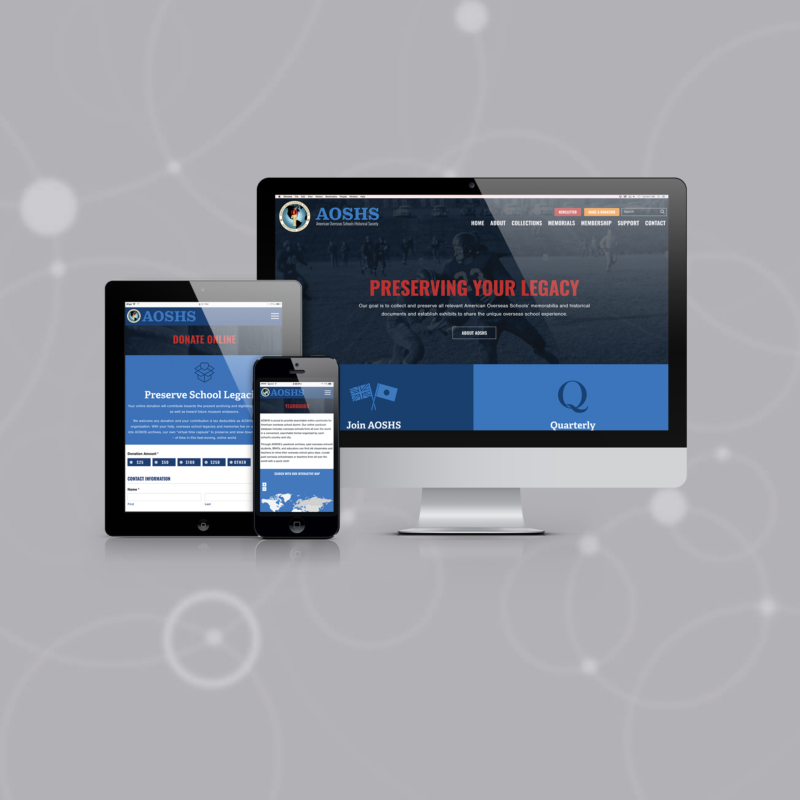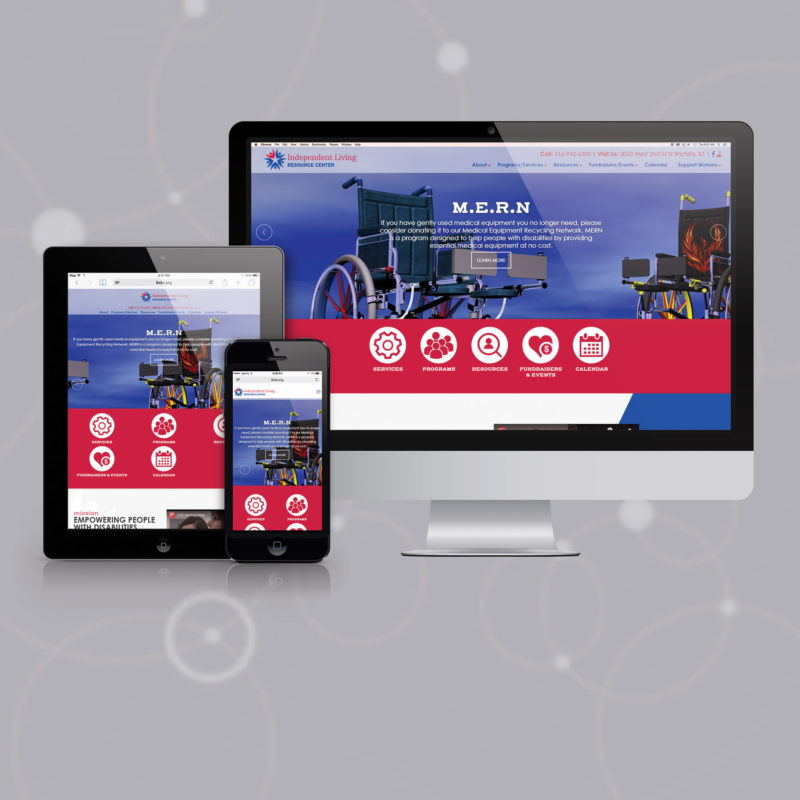 If you are a web developer, or just interested in starting a small site for your business, you will have undoubtedly run across the name WordPress before. But what is WordPress exactly? WordPress is a free online open-source creation tool built with PHP. In normal terms, WordPress is a simple and popular way to create your own website or blog. In fact, as of 2018, WordPress powers over 29% of all the websites on the internet, which is about 1/4 sites across the internet entirely.
If you are a web developer, or just interested in starting a small site for your business, you will have undoubtedly run across the name WordPress before. But what is WordPress exactly? WordPress is a free online open-source creation tool built with PHP. In normal terms, WordPress is a simple and popular way to create your own website or blog. In fact, as of 2018, WordPress powers over 29% of all the websites on the internet, which is about 1/4 sites across the internet entirely.
As mentioned earlier, WordPress is an open-source content management system. This means users are allowed to modify the WordPress software as they see fit for free. A content management system is a tool that makes it simple for users to manage and create different aspects on their site – such as content – without needing any knowledge of coding. This results in an accessible way for people to create visual and functional websites without years of training.
History Of WordPress
Back in 2002, Matt Mullenweg was just a college student who had recently installed the b2, or cafelog blogging system, for his own use. Unfortunately for Matt, the creator of b2 had to quit updating his system because of a personal matter. This left the community and project without a leader.
In April of 2003, Matt created a new branch of b2 using SourceForge with the help of Mike Little. This new branch is what eventually evolved into WordPress. The name “WordPress” was created by Matt’s friend, Christine Tremoulet. After a wave of comments on the new system from the official SVN repository, the first version of WordPress was released in May of 2003.
The first release of the platform included many features that we know and love today such as search engine friendly permalinks, easy-to-use installations, upgrade capabilities, multiple categories, and comment moderation. This first version was a true blogging system.
In 2004, WordPress’ biggest competitor, Movable Type, decided to change their pricing structure. This change resulted in many of their users migrating to the WordPress platform. From there, the platform continued to grow until it became recognized in 2009 by the Open Source CMS MarketShare Report as having the greatest brand strength of any open-source content management system.
Why Choose WordPress?
Beginners will often ask why they would choose to use the WordPress platform over other CMS systems. Here are a few reasons below that will hopefully provide some insight into building with WordPress.
- Free: Because WordPress is open-source software, you are able to download, install, use, and customize WordPress as much as you would like at no cost. You can use it to create any kind of website.
- Open Source: The nature of having an open-source software means that there are thousands of others working on the same platform you are. You are able to find communities of people who have created new features, or solved bugs that you may be struggling with. Anyone is able to contribute things like patches, answering questions, writing plugins, developing themes, and so much more.
- Easy to Learn: WordPress offers a user-friendly layout that makes it easy for beginners to easily pick up and learn. But even for those who are struggling, there are also tons of resources available to them. Since WordPress is the largest CMS currently on the market, there is no shortage of articles and tutorials out there for users to read and learn how to make their site work the way they want it to.
- Search Engine Friendly: WordPress is written using compliant, high-quality code. This allows for a semantic markup that is very attractive to search engines. WordPress on its own offers several features that make is SEO friendly, but the use of plugins build onto that even further.
- Easy to Manage: WordPress’ built-in updater makes it easy for users to keep all of their plugins and themes updated.
How To Get Started
There are two options when it comes to starting your site using the WordPress platform.
- WordPress.org, often referred to as self-hosted WordPress, is the free and open-source software that allows users to install all the needed files onto their own server. Since the user is in control of all the files, they have 100% control of what they want to do with their site. They are not limited. This tends to be a bit more difficult to set up, but we will go into more detail later.
- Unlike WordPress.org, WordPress.com is a for-profit service that is powered by the WordPress.org software. While being a much more simple tool to use, users end up losing a lot of the flexibility they get when they opt for the self-hosted option. WordPress.com does have the advantage of helping users that are a bit overwhelmed by starting everything new. It takes care of everything from Domain Name to setting up your site.
Installing Self-Hosted WordPress
Below, you will find an easy 5-minute installation process to get your Self-Hosted WordPress site up and running. If you are looking for a more detailed guide, click here.
-
- Download the latest version of WordPress
- Upload the WordPress directory to your desired location in your servers File Manager.
- Unzip the WordPress directory
- Create a new database on your server, as well as a MySQL user who has all permissions for accessing and modifying said database.
- Run the WordPress installation by going to the URL for your site. Ex. mysite.com/wordpress.
If you have any questions or are needing help getting your WordPress site started send us an email, or call our office at (316) 239-6466






Leave a Reply